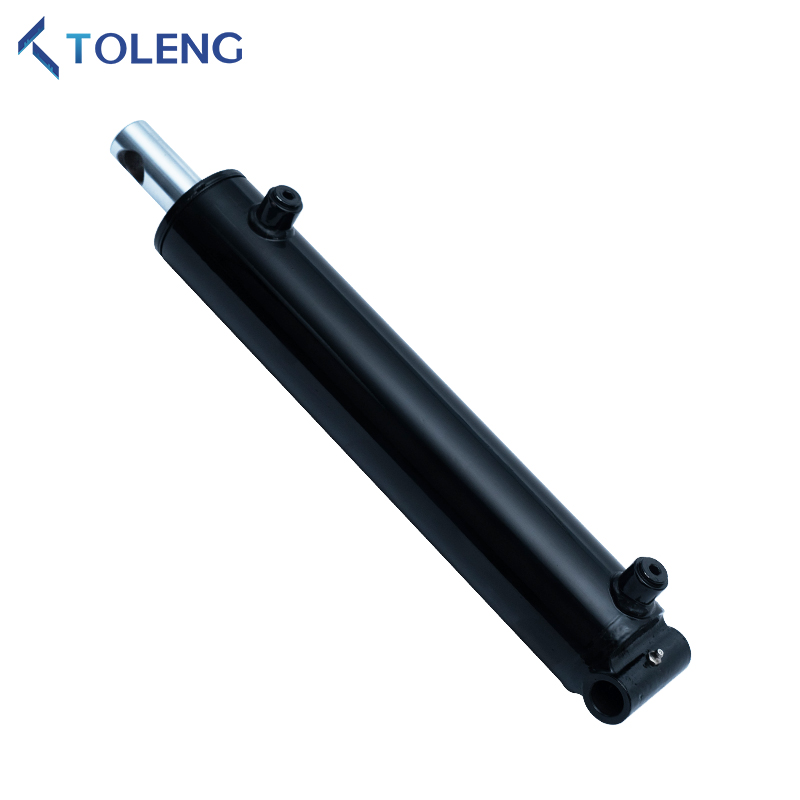What are the common cushion methods in hydraulic cylinder?
2025-04-10
When the mass of the moving parts is large and the movement speed is high, the significant inertial force generates substantial momentum. As a result, when the piston reaches the end of the cylinder, it mechanically collides with the end cover, creating strong impact and noise. This severely compromises mechanical accuracy. Therefore, in large, high-speed or high-precision hydraulic equipment, buffer devices must be set up.
The working principle of the hydraulic cylinder cushioning device is as follows: When the piston approaches the end of its stroke, the cylinder tube encloses a portion of the oil between the piston and the end cap. This forces the oil to pass through a small orifice or a narrow gap, creating significant backpressure. As a result, the moving parts experience braking resistance, gradually decelerating to prevent a collision between the piston and the end cap.

Commonly used cushioning devices include: Annular gap cushioning device, Orifice-type variable cushioning device, Orifice-type adjustable cushioning device.
The principle of annular gap cushioning :When the piston approaches the end of its stroke, the buffer plunger enters the cylinder head's bore, forcing the hydraulic oil to discharge through a fixed clearance. This creates a throttling effect that decelerates the piston. However, this cushioning effect is non-adjustable, and its effectiveness gradually diminishes as the piston speed decreases. This design is suitable for low-speed and light-load applications.
The principle of orifice-type variable cushioning: The piston is designed with axial triangular grooves. As the piston moves, the flow cross-section gradually decreases, causing buffer pressure to increase uniformly and enabling high braking precision. Unlike fixed cushioning systems, this design's effectiveness increases as speed decreases, effectively resolving end-stroke cushioning insufficiency. It is particularly suitable for high-speed or high-precision applications.
The principle of orifice-type adjustable cushioning: This cushioning mechanism utilizes an adjustable orifice to control hydraulic oil discharge during piston deceleration. This adjustable orifice cushioning system is designed for medium-speed applications and moderate loads. While it offers convenient pre-set adjustment capability through manual orifice configuration, the cushioning effect remains fixed during operation without dynamic modulation.
TOLENG is a manufacturer of hydraulic cylinders with more than 20 years of experience, if you need hydraulic cylinder design and cushioning components, please contact us at sales01@phtl.cn

























